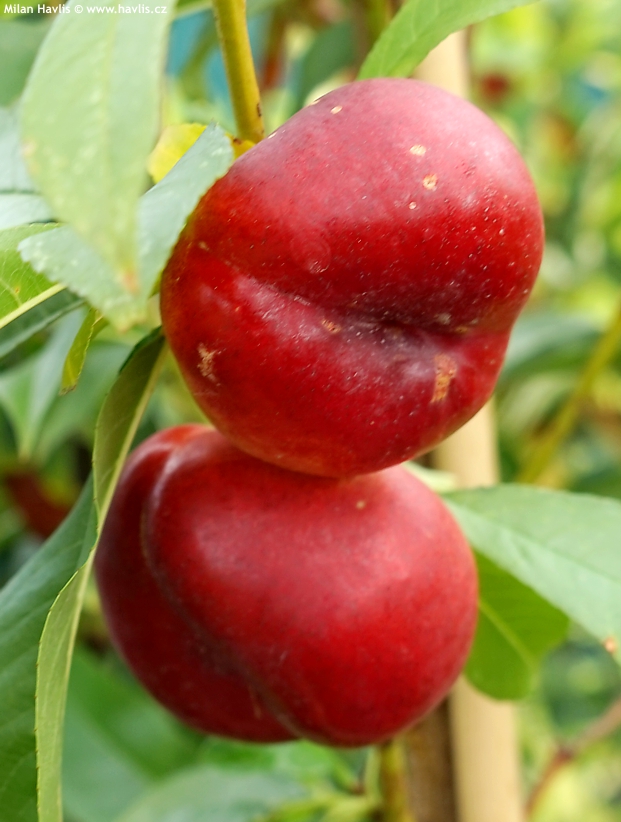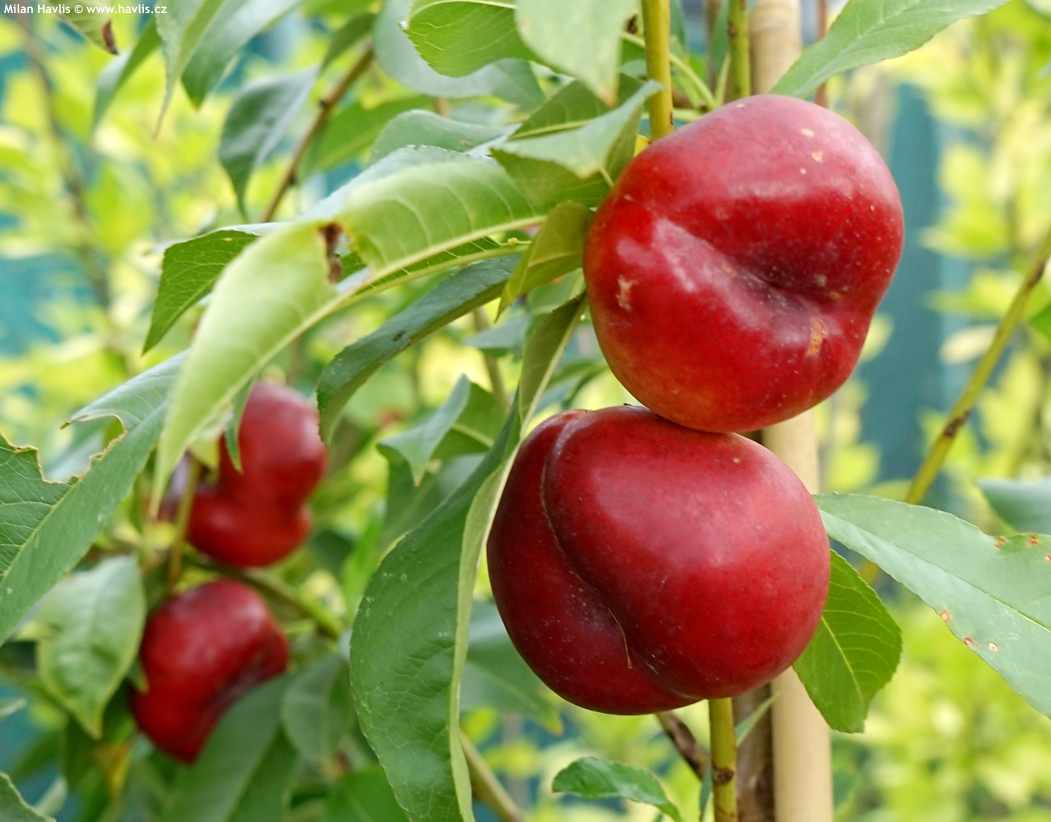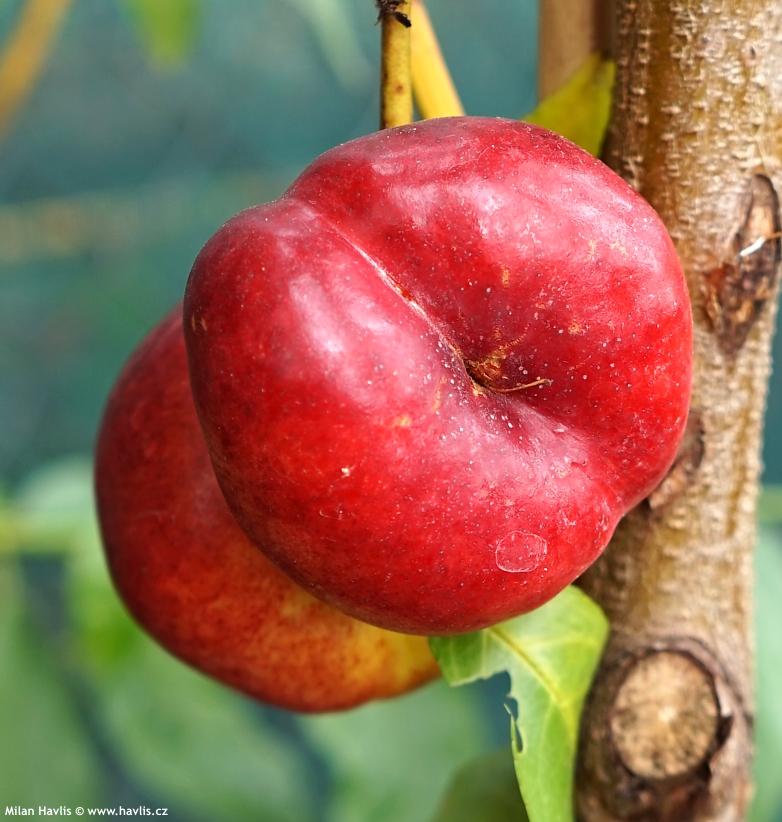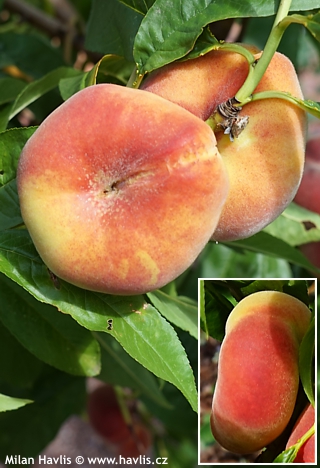Prunus persica var. nucipersica platycarpa flat nectarine


Prunus
Flat peaches and nectarines (platycarpa) are not officially recognized as cultivars, but rather a type that produces persica so-called flat peaches—or, in the case of the subspecies nucipersica, flat nectarines. In Czech botanical practice, they don’t yet have a specific name, while in English they already go by more than ten common names, including doughnut peach, UFO peach, and most often paraguayo. I once learned from a well-traveled pomologist that these are considered a wild peach type that naturally occurs in all regions where peaches grow freely. Traditionally known as mountain peaches, they originate from higher elevations than their round, bred counterparts.
According to historical records, the earliest mention of flat peaches appears in the 16th-century Chinese novel Journey to the West (by Wu Cheng'en), considered one of the four great classical works of Chinese literature. The story tells of the Jade Emperor asking King Wukong—who, inspired by Buddha, seeks immortality—to guard the orchard of flat peaches known as pantao. The king guards it so well that he ends up eating most of the fruit himself and attains immortality. This tree first arrived in the United States in 1871, imported directly from China.
Flat nectarines are a gourmet treat among peaches and standard nectarines. They feature a flattened shape, smooth glossy skin that’s thin—meaning they can’t be stored long once ripe—and exceptionally sweet, juicy flesh. When fully ripe, the flavour evokes ripe mangoes. The pulp is very soft, either yellow or white, and clings tightly to the small pit. They typically ripen throughout August depending on the variety.
Cultivar names are often fictional and multilingual, which is why we prefer English descriptors based on fruit characteristics to distinguish individual trees more clearly: White Flesh (with white pulp) and Yellow Flesh (with yellow pulp).
They are so easy to grow, and we have noticed that they are healthier and more vigorous than classic peach trees. They show great resistance to leaf curl unless in a peach orchard with this infection. Should it appear on your tree try to stay away from a chemical treatment and feed the plant. It will help it make new leaves and ill, curled leaves will fall off (remove and burn them). We suggest planting peach trees in open spaces so they can feel cold, spring breeze which will delay flowering and prevent the flowers from frost damage should they open too early. They like slightly alkaline soil, moist but well-drained. Do not transplant bare-root trees in autumn, only in spring. We do not recommend pruning but it may be done after flowering. The best yield is always from an unpruned tree which grows naturally. Hardy to about -29 °C (USDA zone 5).
Last update 02-12-2021; 02-08-2025

1 304 Kč
Goods are shipped all over Europe. For Russia and U.K. and for further details please read about SHIPPING OPTIONS HERE.
Are you interested in a serious discount for orders NOV-FEB? Check your options here.
THE PRICES INCLUDE VAT of 15%. For quick conversion you can use 1 CZK = approx. 0.04 EUR
- STANDARD QUALITY - Plants of this group are 1st class quality with number of branches and overall density adequate to their size and age, considering they were container grown.
- DE LUXE QUALITY - This label guarantees a luxurious quality of manually selected plants that, compared to their height and age, are exceptionally dense and beautiful.
- EXTRA - These plants are usually mature and bigger specimens with exceptional overall appearance.
- STANDARD (as described in the plant form) means a tree with a trunk of 190-210 cm and a crown at the top, unless specified differently. The commercial size for trees is their girth measured in the height of 1m from ground.
- HOBBY - These plants are of the same quality as our standard-quality plants but younger and therefore cheaper.
- SHRUB - a woody plant with branches growing bushy from the ground level.
- HALF-STANDARD or MINI-STANDARD - a small tree with shorter trunk, its size is usually specified.
- FEATHERED - These are trees with branches growing already from the base of the trunk and up along the stem.
- GRASSES and PERENNIALS - Sizes given usually read the diameter of the pot or the clump, as specified.












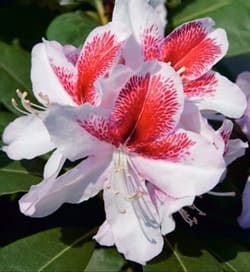



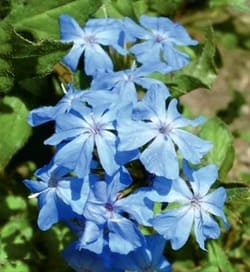
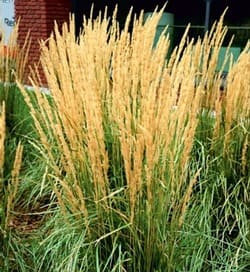
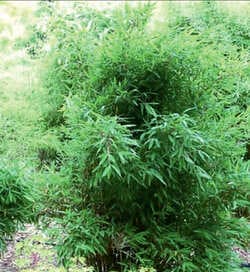
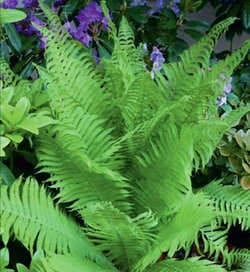





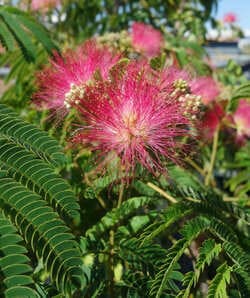
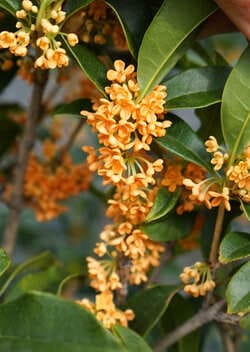



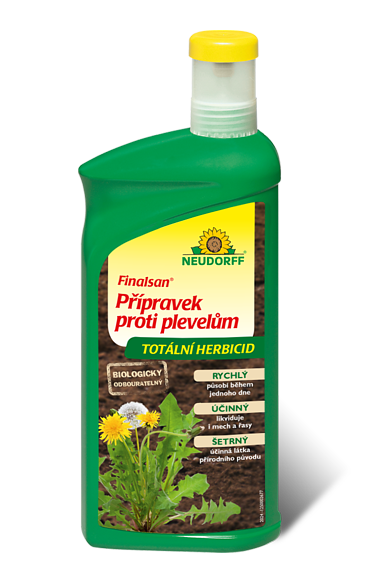


.jpg)
